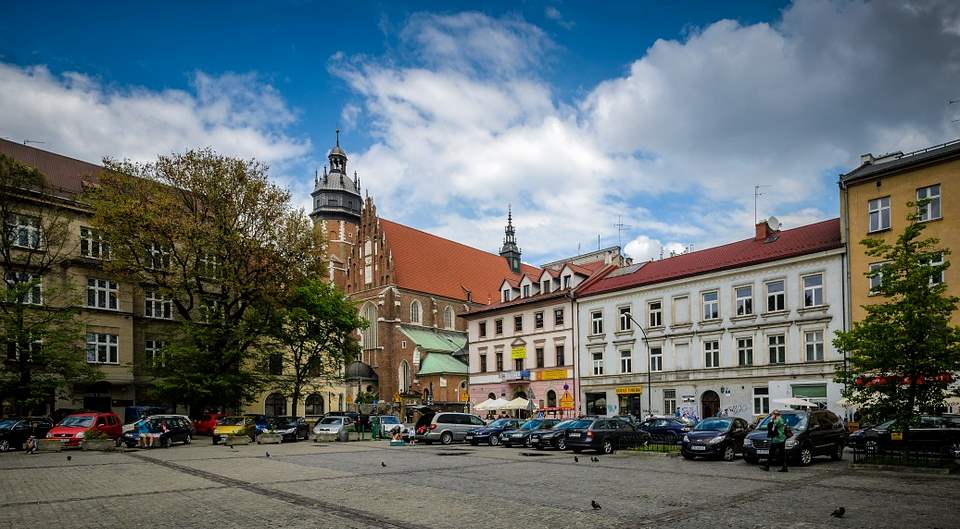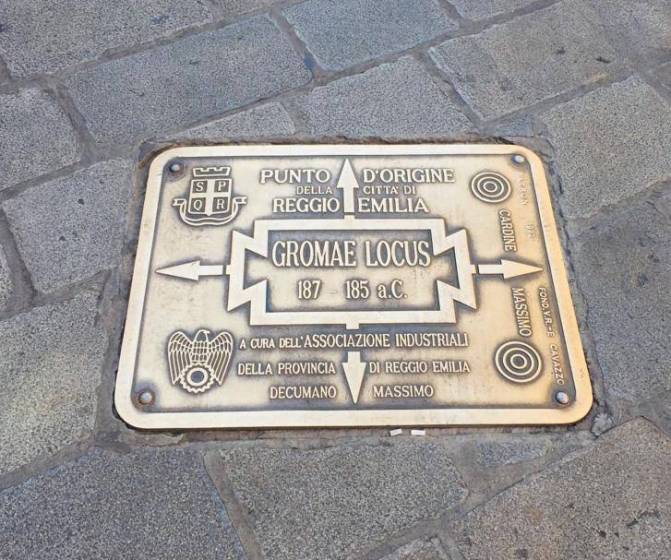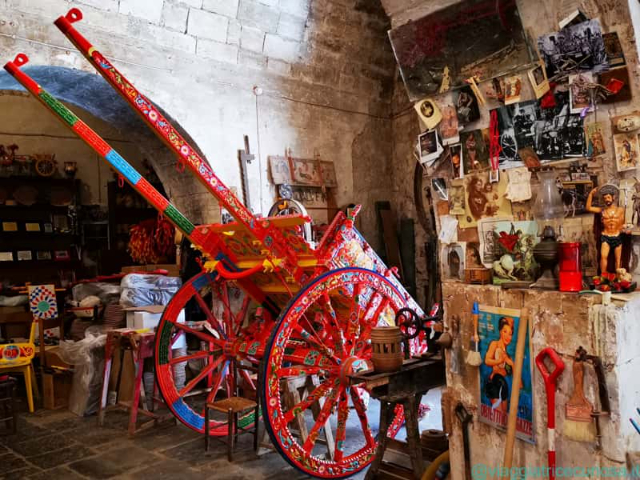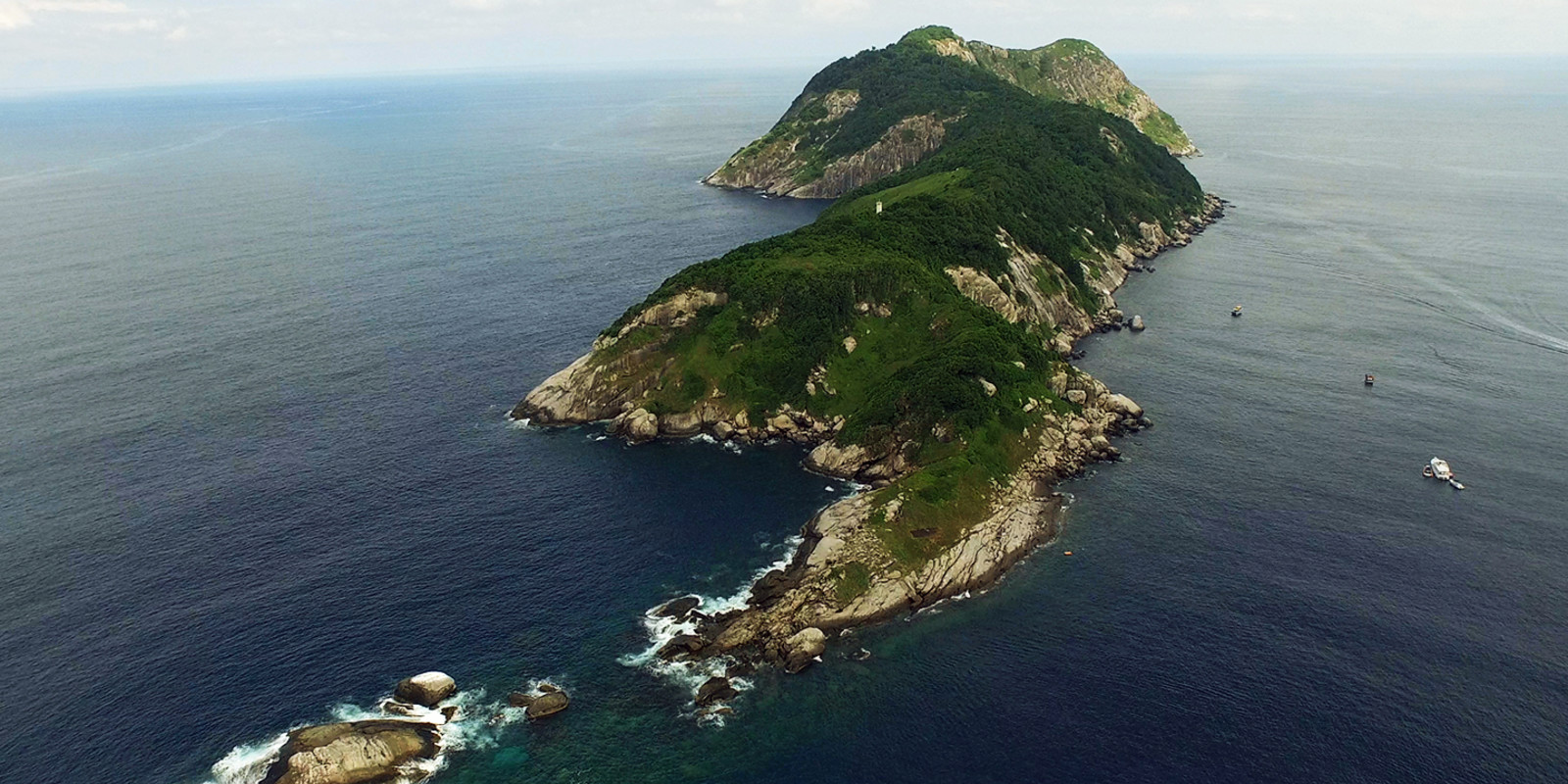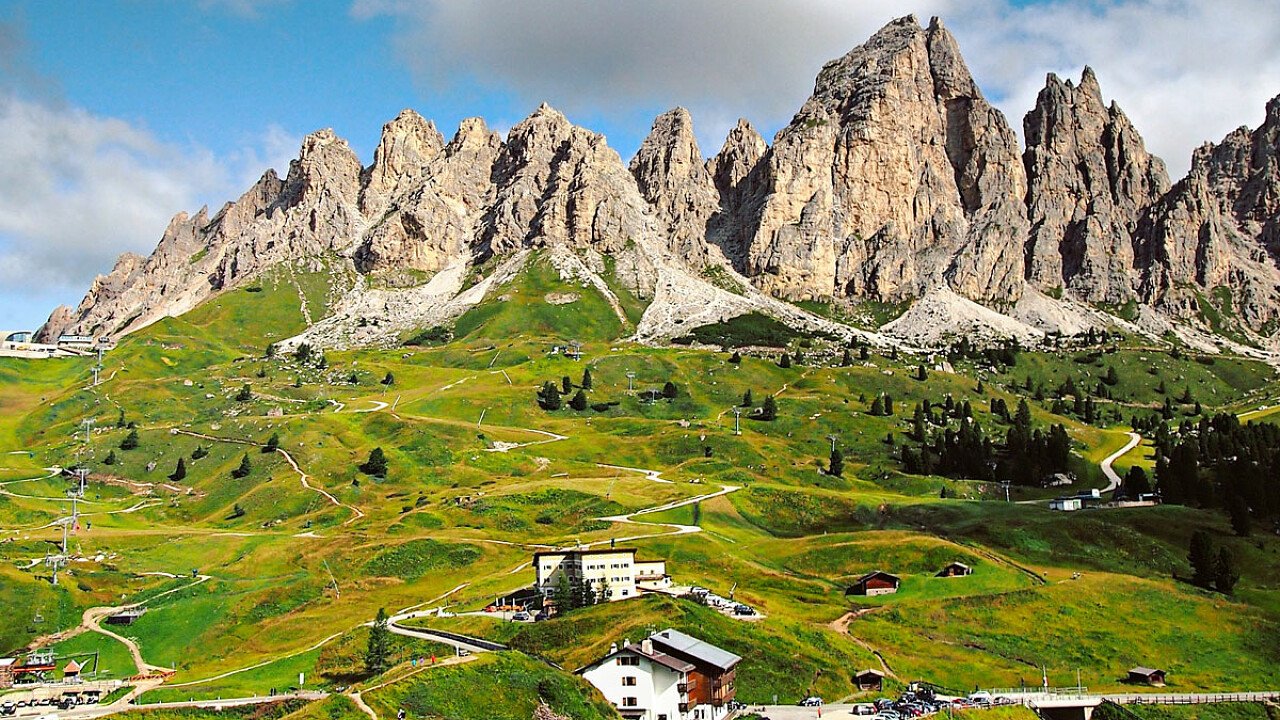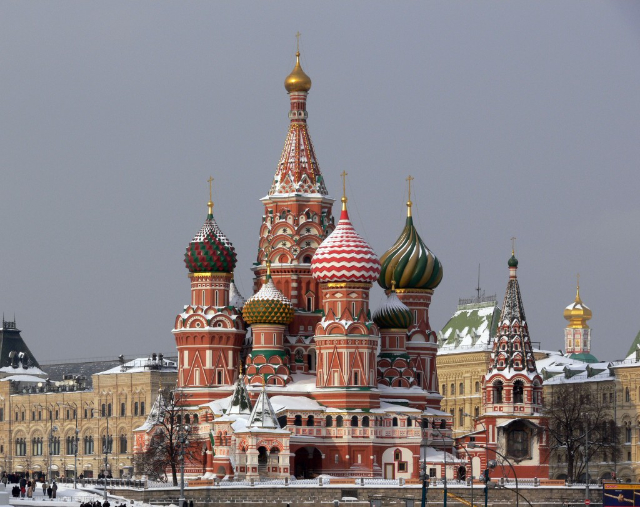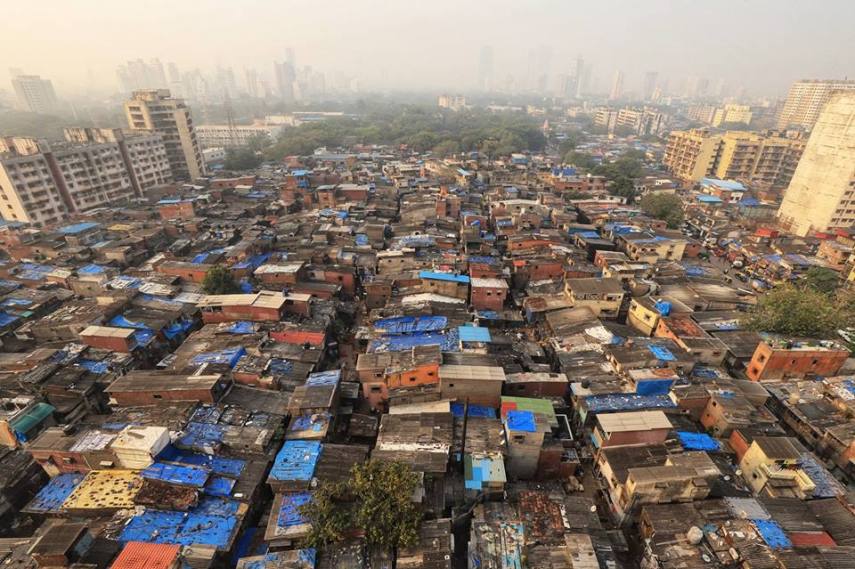<p><span style="font-size: 14pt;">At the heart of the history of the Hebrews in the city, <strong>Kazimierz</strong> was one of the areas most affected by the Nazi invasion. </span></p>
<p><span style="font-size: 14pt;">In fact, most of its inhabitants were deported to the Podgórze ghetto.After the war, Kazimierz remained a totally decadent state and it was only thanks to the filming of the "<strong>Schidler List</strong>" that its reconstruction began. </span></p>
<p><span style="font-size: 14pt;">The history of Kazimierz can be traced back to 1335 when it was officially founded on an island outside of Kraków by King Kazimierz the Great. It was not until 1495 when Jews began to be expelled from Kraków that they started to move over the river to Kazimierz en masse. Awarded its Magdeburg Rights, which allowed markets to be held on what is now <a href="https://www.inyourpocket.com/krakow/sightseeing/jewishkrakow/Plac-Wolnica_63575v" rel="dofollow">Plac Wolnica</a>, Kazimierz prospered and became one of the most influential Polish towns during the Middle Ages. By the 17th century Jewish life was flourishing and numerous synagogues had been constructed when the plague hit in 1651. Four years later Kazimierz was ransacked by Swedish invaders, famine, floods and anti-Jewish riots followed in quick succession, and a mass migration to <a href="https://www.inyourpocket.com/warsaw" rel="dofollow">Warsaw</a> began, leaving the once vibrant Kazimierz a shadow of its former self.</span></p>
<p><span style="font-size: 14pt;">n 1796 Kraków came under Austrian control, and four years later Kazimierz was incorporated into its neighbouring city. Ironically this would bring about the area’s rebirth as the Austrians worked hard to redevelop the city: the streets were cobbled, the crumbling defensive walls were torn down, the first gas lamps were illuminated in 1857, and the suburb had a power station by 1905. The governing Austrians also ordered all of Kraków’s Jews to resettle in Kazimierz, and a rich cultural life arose around them; by 1910 the Jewish population stood at 32,000, a figure that was to nearly double during the inter-war years. This, as we know, would come to a dramatic end with the Nazi occupation of Kraków and Hitler’s systematic extermination of the Jews of Europe. Herded across the river to a <a href="https://www.inyourpocket.com/krakow/remembering-the-jewish-ghetto-in-krakow_73758f" rel="dofollow">ghetto in Podgórze</a>, Kraków’s Jews met their end there, in <a href="https://www.inyourpocket.com/krakow/sightseeing/Plaszow" rel="dofollow">Płaszów</a>, or Bełżec (primarily). A mere 3-5,000 survived the Holocaust, a large proportion of them saved by <a href="https://www.inyourpocket.com/krakow/Oskar-Schindler_73046f" rel="dofollow">Oskar Schindler</a>.</span><br /><br /><span style="font-size: 14pt;">Although 5,000 Jews were registered as living in Kraków in 1950, any hopes of rekindling the past soon vanished. The anti-Zionist policies of the post-war communist authorities sparked waves of emigration to Israel, and by the 1970s signs of Jewish life had all but disappeared and the area had become a bandit suburb. The fall of communism in 1989 sparked new hope, however; investment began trickling in, 1988 saw the first Jewish Festival take place, and five years later the <a href="https://www.inyourpocket.com/krakow/sightseeing/usefulcontacts/Judaica-Foundation_16508v" rel="dofollow">Judaica Foundation</a> was opened. </span></p>
<p><span style="font-size: 14pt;">That was also the year Spielberg arrived to film Schindler’s List, a film that would put Kazimierz on the world map and irrevocably change its fortunes. </span></p>
<p><span style="font-size: 14pt;">Currently the neighborhood is one of the most sought after areas of Krakow for living, dining or going out in the evening, especially among students.In Kazimierz, Jewish culture is witnessing a real boom and, every day more, the number of art galleries, kosher restaurants and klezmer concerts is growing in the neighborhood.</span></p>
<p> </p>
